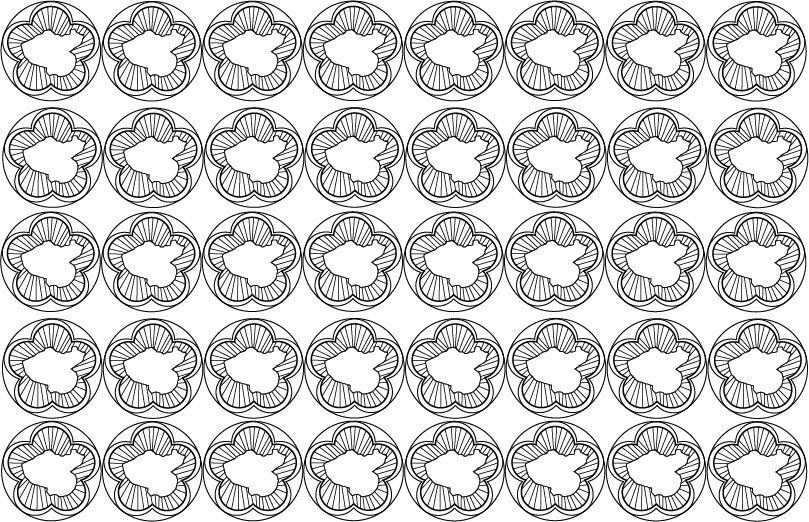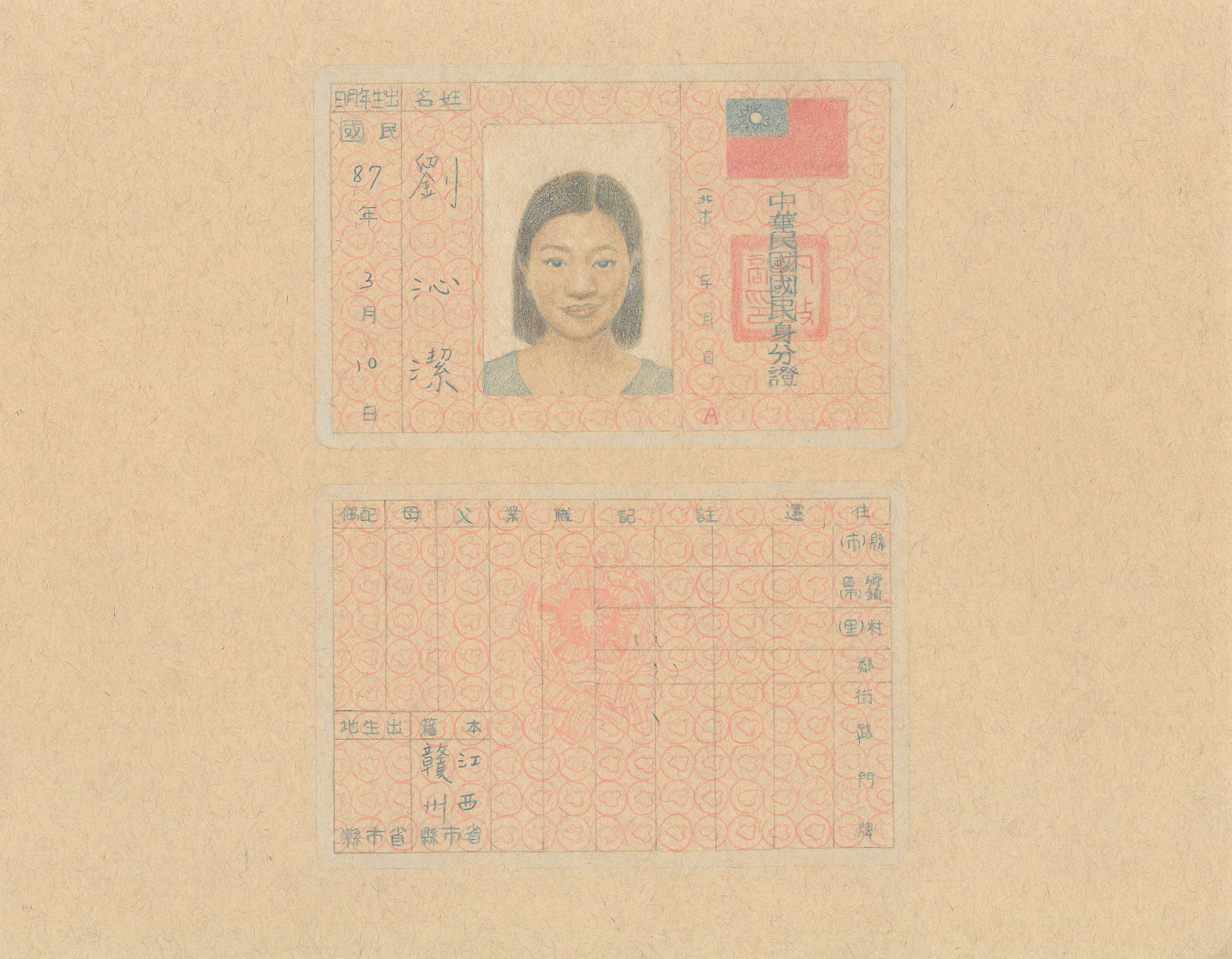“In our society, there are those who say they are “Taiwanese”,
and those who say they are “Chinese”, as well as both.1
「我們社會上,有人說自己『臺灣人』,
也有人說自己是『中國人』,也有人說都是。」
![]()
![]()
![]()



paper (118 gsm), 27.9 x 35.56 cm.
Background image: True ROC ? (2020), digital illustration, 522 x 809 pixels.
waishengren 外省人
Waishengren, refers to “people from outside of the Province”, specifically referring to the two million refugees who fled with the Kuomintang Party from mainland China to Taiwan in 1949.
, like my father, most of whom have never set foot in mainland China, had it registered as their place of origin. Reflecting on how differently I would perceive my identity if this column was still present today, Third Generation (2020) is a drawing of these cards with my passport headshot. The sole information listed are my name, birth date, and my grandfather’s hometown, Ganzhou, mainland China.
Chin-Jie Melodie Liu, Ganzhou (2020), 6 minutes 51 seconds.
Ganzhou (2020) is a screen recording video documenting my virtual visit to Ganzhou through Google maps. Constituting as my first trip, the work was a way for me to reflect upon my relationship to the mainland and how limited my knowledge of it has been. Working digitally was appropriate not only because of the travel restrictions with the pandemic but also due to the increasing political tensions between mainland China and Taiwan, amplified through online platforms.
Chin-Jie Melodie Liu, Two of Two Million (2020), 33 seconds.
Curious about how my paternal grandparents arrived in Taiwan, Two of Two Million (2020) is a video mapping out their routes from 1927— 1951. Made up of digitally drawn portraits of my grandparents, each second of the video corresponds to each year of their journey from the mainland to Taiwan.
1 Annual survey conducted by the Election Study Center, National Chengchi University 政治大學選舉研究中心since 1992. 2 Data visualisation survey by Wei Hao-wang.